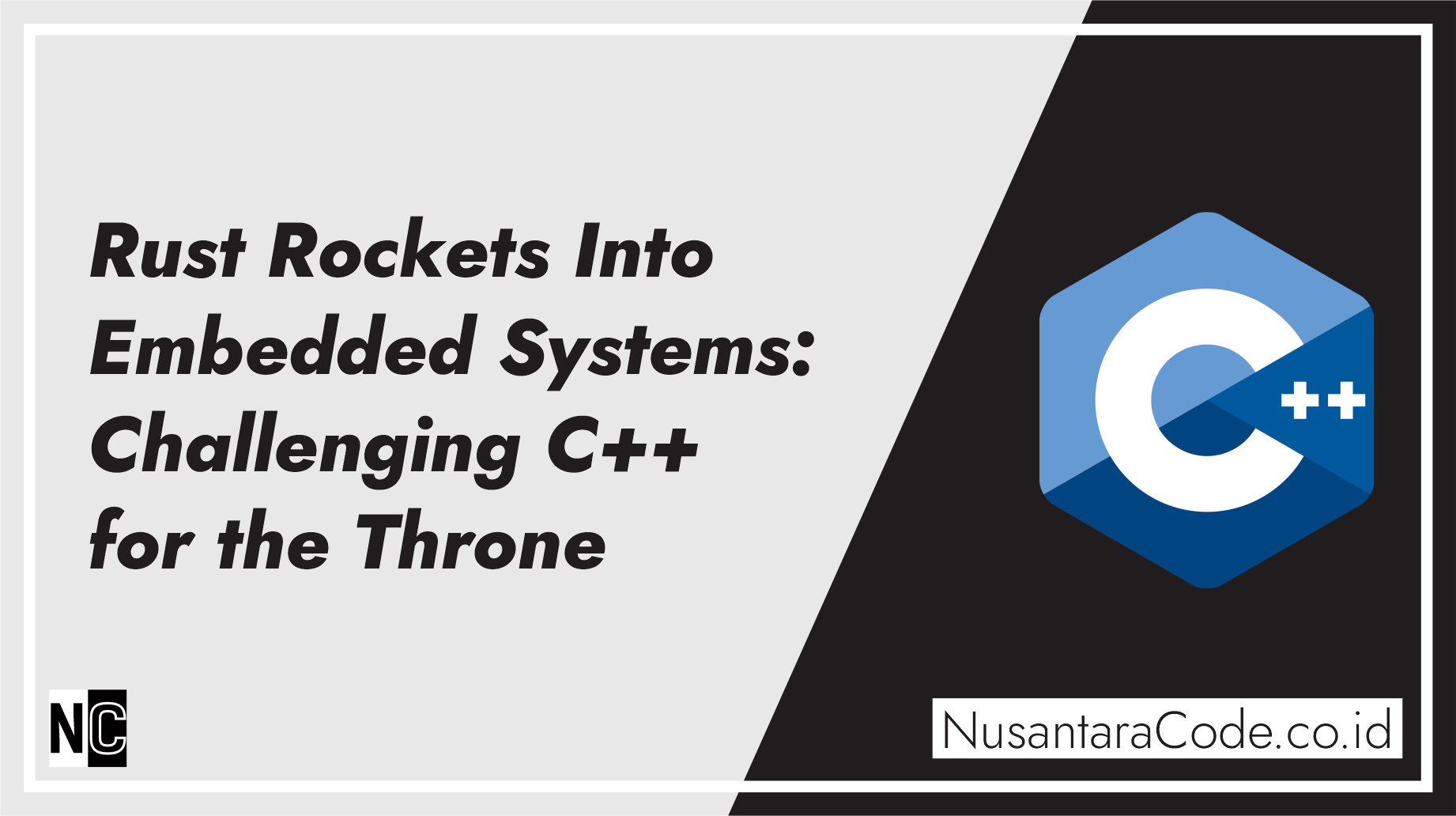For decades, C++ has reigned supreme in the realm of embedded systems. Its speed, control, and familiarity made it the go-to choice for powering everything from tiny microcontrollers to complex industrial robots. But a challenger has emerged, shaking the foundations of this established king: Rust.
Rust, the memory-safe language known for its blazing speed and robust concurrency features, is experiencing a meteoric rise in popularity. And embedded systems are feeling the heat. Here’s why:
Safety First:
Embedded systems often operate in critical environments where even minor flaws can have disastrous consequences. C++’s notorious memory management issues leave it vulnerable to crashes and security vulnerabilities. Rust, on the other hand, eliminates these concerns with its ownership and borrowing system, guaranteeing memory safety at compile time. This translates to more reliable and predictable systems, a crucial factor in embedded development.
Performance Powerhouse:
Rust’s performance rivals, and even surpasses, C++ in many scenarios. Its zero-cost abstractions minimize overhead, while its modern compiler optimizations squeeze every ounce of power from the hardware. This makes it ideal for resource-constrained embedded systems, where every byte and clock cycle counts.
Concurrency Conquers Complexity:
Modern embedded systems often juggle multiple tasks simultaneously. C++’s manual threading is complex and error-prone, leading to bugs and synchronization nightmares. Rust’s built-in concurrency features, like ownership and channels, provide a safe and efficient way to handle concurrent tasks, leading to cleaner, more maintainable code and improved resource utilization.
The Ecosystem Expands:
While C++ boasts a mature ecosystem, Rust’s is catching up rapidly. Dedicated embedded libraries, frameworks, and tools are emerging, including the recently announced “Rust for Industrial Automation” (RIA) working group. This growing ecosystem makes it easier than ever to develop robust and feature-rich embedded systems in Rust.
The Shift Begins:
Industry leaders are taking notice. Companies like Bosch, NXP, and Siemens are experimenting with Rust in their embedded systems, recognizing its potential for increased reliability, improved maintainability, and faster development cycles.
While C++ still holds a significant market share, the tide is turning. Rust’s undeniable advantages are attracting developers and companies alike, making it a force to be reckoned with in the embedded systems arena. The battle for the throne has begun, and it promises to be an exciting one.
Will Rust dethrone C++? Only time will tell. But one thing is certain: Rust’s rise in embedded systems is more than just a trend. It’s a revolution waiting to happen.
This article is just a starting point. You can expand it by:
- Adding specific examples of how companies are using Rust in embedded systems.
- Discussing the challenges Rust faces in embedded development, such as the learning curve and limited tooling.
- Exploring the future of Rust in embedded systems and its potential impact on the industry.
I hope this gives you a good foundation for your article!
